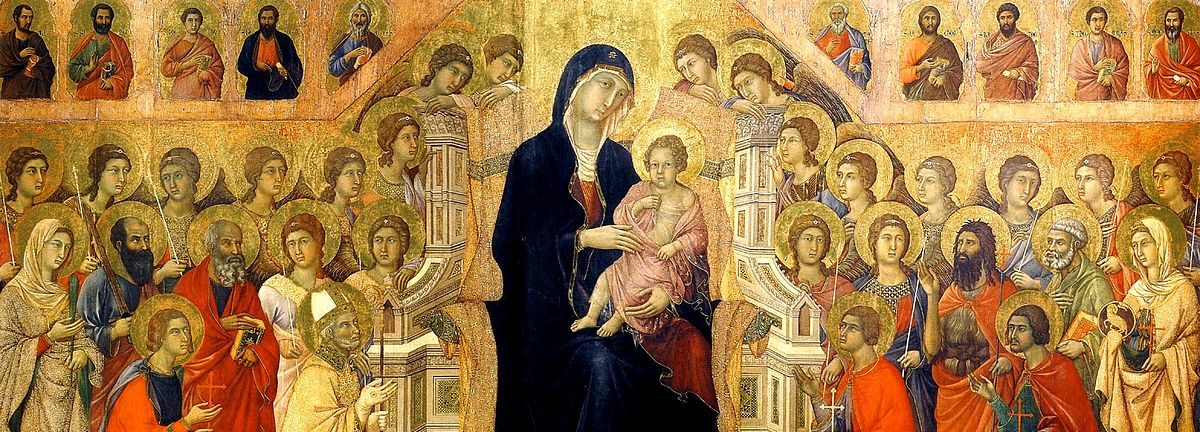Posted on October 11, 2020 View all news
Laudetur Jesus Christus! Gelobt sei Jesus Christus!
Sia lodato Gesù Cristo! Praised be Jesus Christ!
I welcome today to Old St. Mary’s the Donauschwaben who celebrate their annual Kirchweih celebrations. Willkommen!
This upcoming week we celebrate the Feast of St. Teresa of Avila, a contemporary of St. Philip Neri. They were both born in 1515, in a period of great change and turmoil in society and the Church. St. Teresa is the founder of the Order of Discalced Carmelites, a reform of the Carmelite Order. Our own Sr. Marie Cecile is a member of the Discalced Carmelites. May we certainly keep her, and all Carmelites in our prayers this upcoming week. Please find a biography of St. Teresa below and have a blessed week ahead!

“Born at Avila, Old Castile, 28 March, 1515; died at Alba de Tormes, 4 Oct., 1582. The third child of Don Alonso Sanchez de Cepeda by his second wife, Doña Beatriz Davila y Ahumada, who died when the saint was in her fourteenth year, Teresa was brought up by her saintly father, a lover of serious books, and a tender and pious mother. After her death and the marriage of her eldest sister, Teresa was sent for her education to the Augustinian nuns at Avila, but owing to illness she left at the end of eighteen months, and for some years remained with her father and occasionally with other relatives, notably an uncle who made her acquainted with the Letters of St. Jerome, which determined her to adopt the religious life, not so much through any attraction towards it, as through a desire of choosing the safest course. Unable to obtain her father’s consent she left his house unknown to him on Nov., 1535, to enter the Carmelite Convent of the Incarnation at Avila, which then counted 140 nuns. The wrench from her family caused her a pain which she ever afterwards compared to that of death. However, her father at once yielded and Teresa took the habit. The account of her spiritual life contained in the “Life written by herself”, in the “Relations”, and in the “Interior Castle”, forms one of the most remarkable spiritual biographies with which only the “Confessions of St. Augustine” can bear comparison. To this period belong also such extraordinary manifestations as the piercing or transverberation of her heart, the spiritual espousals, and the mystical marriage. A vision of the place destined for her in hell in case she should have been unfaithful to grace, determined her to seek a more perfect life. After many troubles and much opposition St. Teresa founded the convent of Discalced Carmelite Nuns of the Primitive Rule of St. Joseph at Avila (24 Aug., 1562), and after six months obtained permission to take up her residence there. Four years later she received the visit of the General of the Carmelites, John-Baptist Rubeo (Rossi), who not only approved of what she had done but granted leave for the foundation of other convents of friars as well as nuns… In the “Book of Foundations” she tells the story of these convents, nearly all of which were established in spite of violent opposition but with manifest assistance from above.” Read more: https://www.newadvent.org/cathen/14515b.htm
